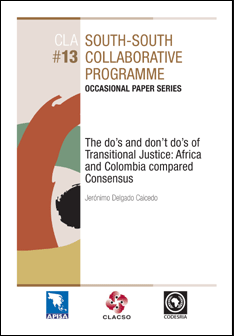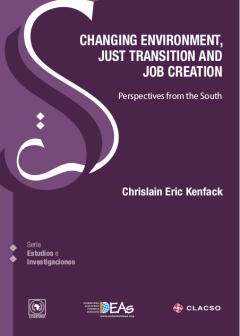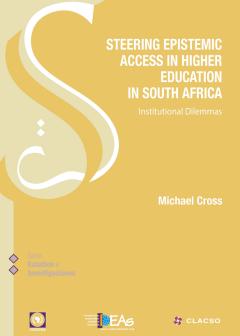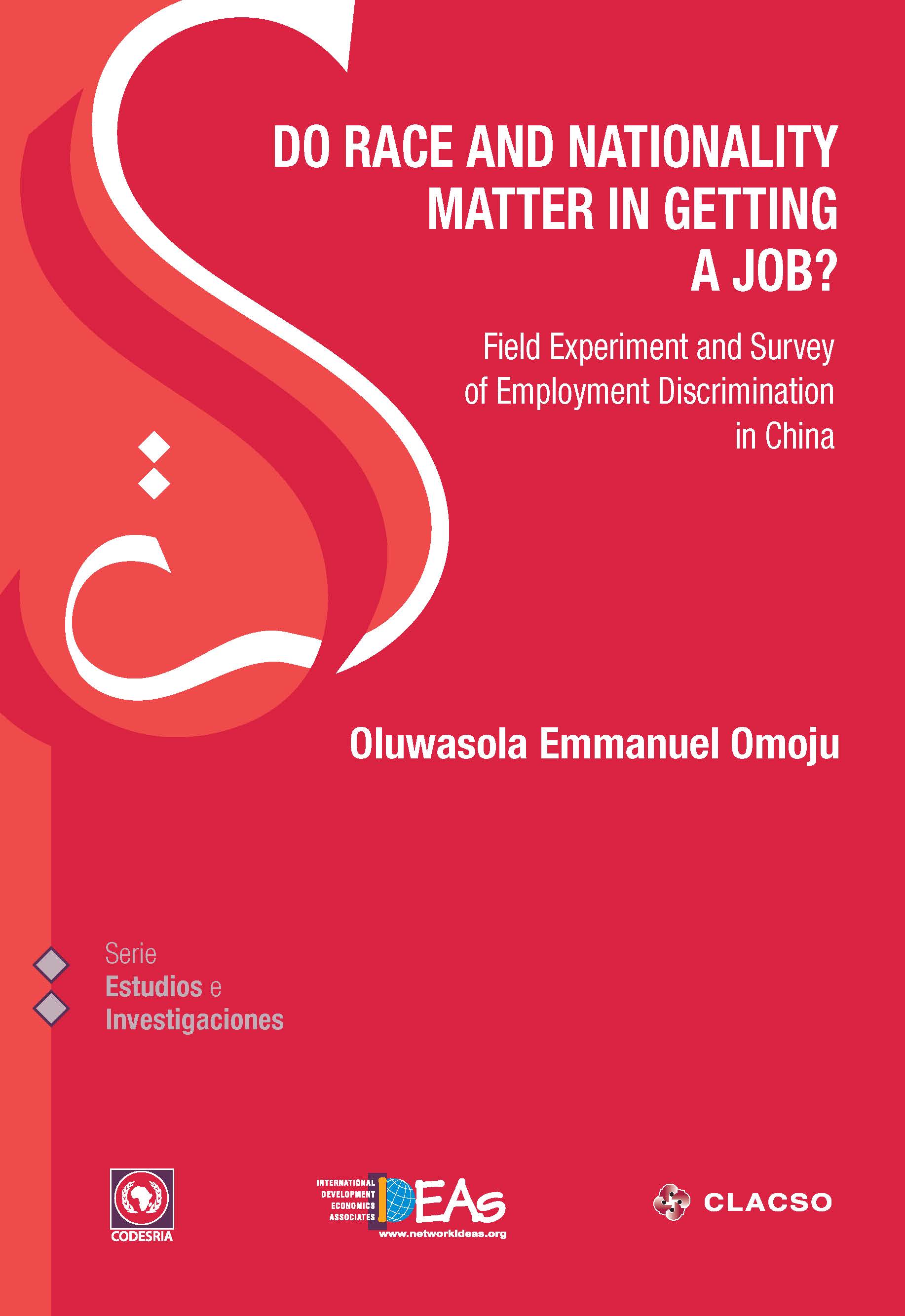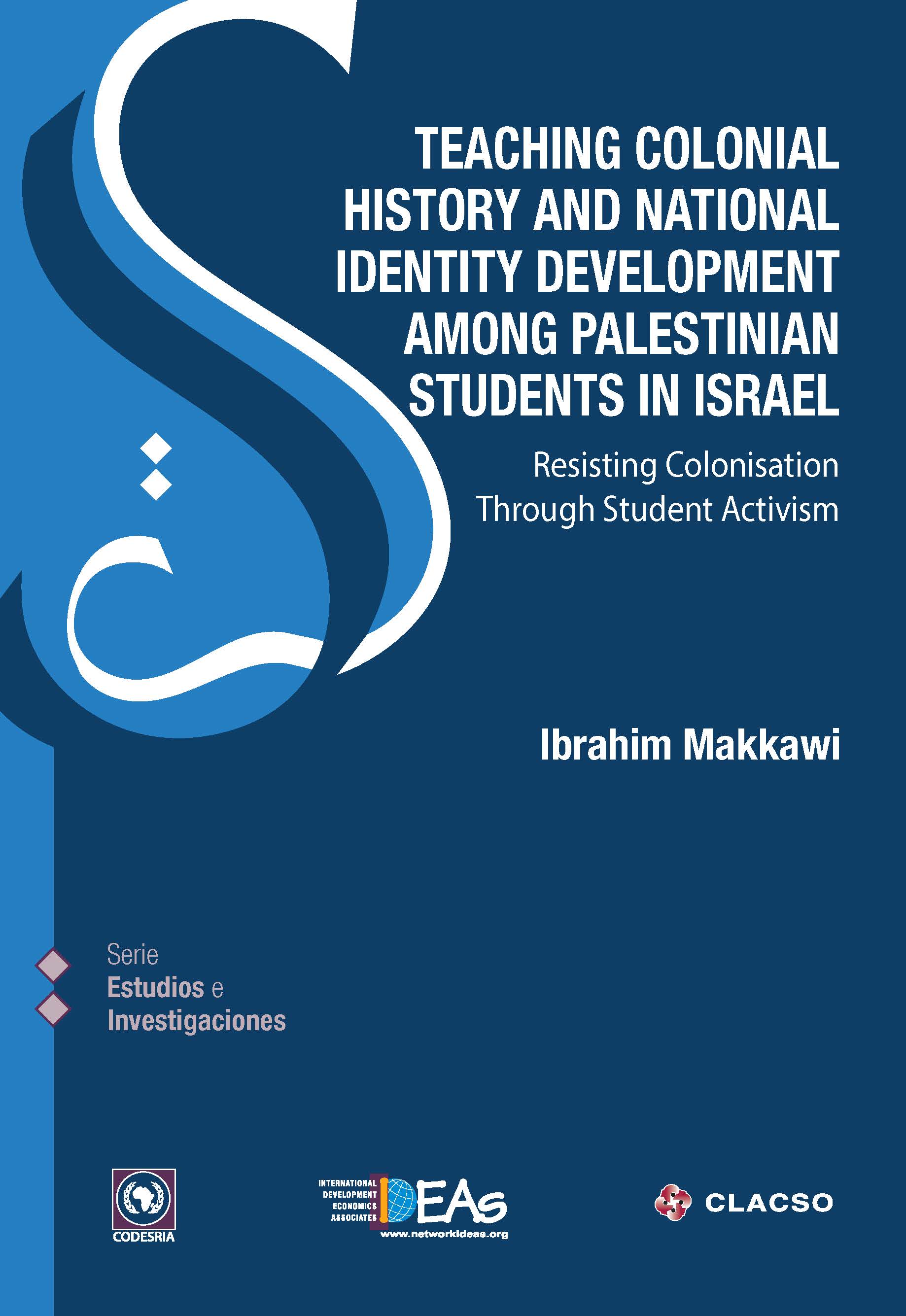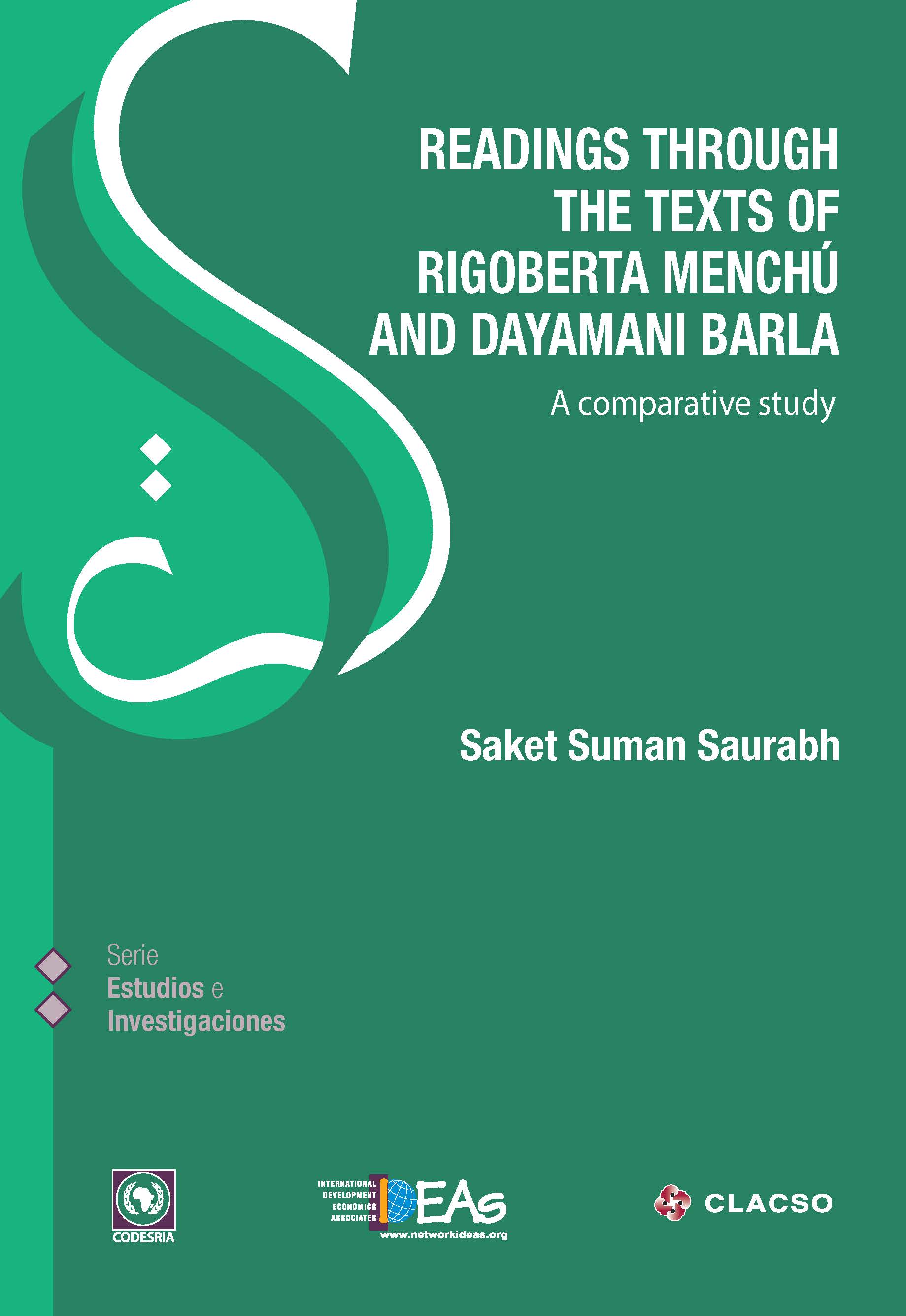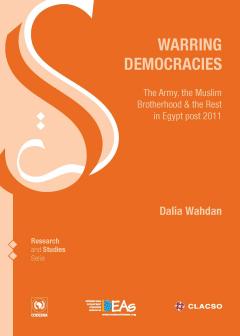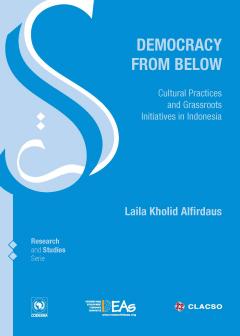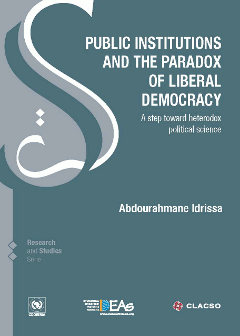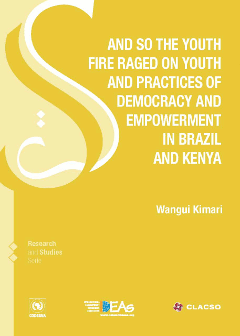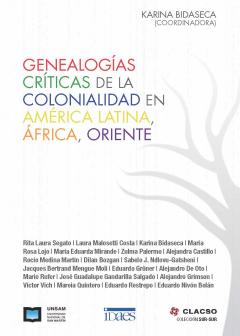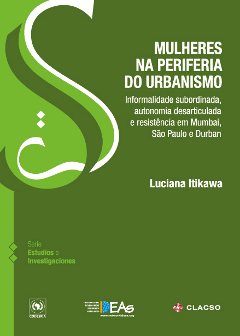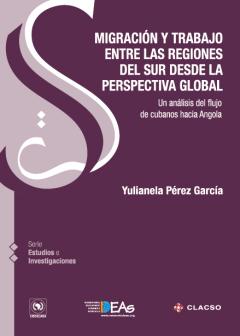- Sur-Sur.
Occasional Paper Series #13
The do´s and don´t do´s of Transitional Justice: Africa and Colombia compared Consensus
Compartir:
Conflict tends to be understood as a negative phenomenon associated with violence. However, it can also be understood as a multidimensional, natural phenomenon which usually indicates the occurrence of changes within a given society. In this sense, the processes of peace making and peace building will focus basically on the prevention of violent conflict, or the need to strengthen structures and mechanisms within society, which allow for a constructive handling
of controversies aiming for a long-lasting peace between all actors involved in the conflict (Africa Peace Forum , 2004).
Conflicts occur when two or more actors believe their interests are incompatible,
engage in hostile activities or act towards affecting the other actor’s ability to achieve its goals. Conflicts become violent when the actors involved do not wish to satisfy their interests peacefully and, instead, engage in different forms of violence (Africa Peace Forum , 2004).
It is important to state that violent conflict is not inevitable nor does it happen overnight (Africa Peace Forum , 2004). Conflicts are dynamic processes which can take different forms and go through a large number of escalation and de-escalation stages. In fact, according to conflict theory, violent conflict is nothing more than a stage in the dynamic cycle of conflict (Faundes, 2005: 7). However, this cycle is not symmetric as escalating periods can last for decades – such as the Apartheid years in South Africa or the war in Colombia – while de-escalating phases may last only a couple of years –usually referring to cease-fires, negotiations
and peace agreements. (...)
of controversies aiming for a long-lasting peace between all actors involved in the conflict (Africa Peace Forum , 2004).
Conflicts occur when two or more actors believe their interests are incompatible,
engage in hostile activities or act towards affecting the other actor’s ability to achieve its goals. Conflicts become violent when the actors involved do not wish to satisfy their interests peacefully and, instead, engage in different forms of violence (Africa Peace Forum , 2004).
It is important to state that violent conflict is not inevitable nor does it happen overnight (Africa Peace Forum , 2004). Conflicts are dynamic processes which can take different forms and go through a large number of escalation and de-escalation stages. In fact, according to conflict theory, violent conflict is nothing more than a stage in the dynamic cycle of conflict (Faundes, 2005: 7). However, this cycle is not symmetric as escalating periods can last for decades – such as the Apartheid years in South Africa or the war in Colombia – while de-escalating phases may last only a couple of years –usually referring to cease-fires, negotiations
and peace agreements. (...)
Detalle
- ISBN:978-987-1183-88-3
- Editorial/es:CLACSO. CODESRIA. APISA.
- Ciudad de edición:Buenos Aires.
- Fecha de publicación:Enero de 2008

